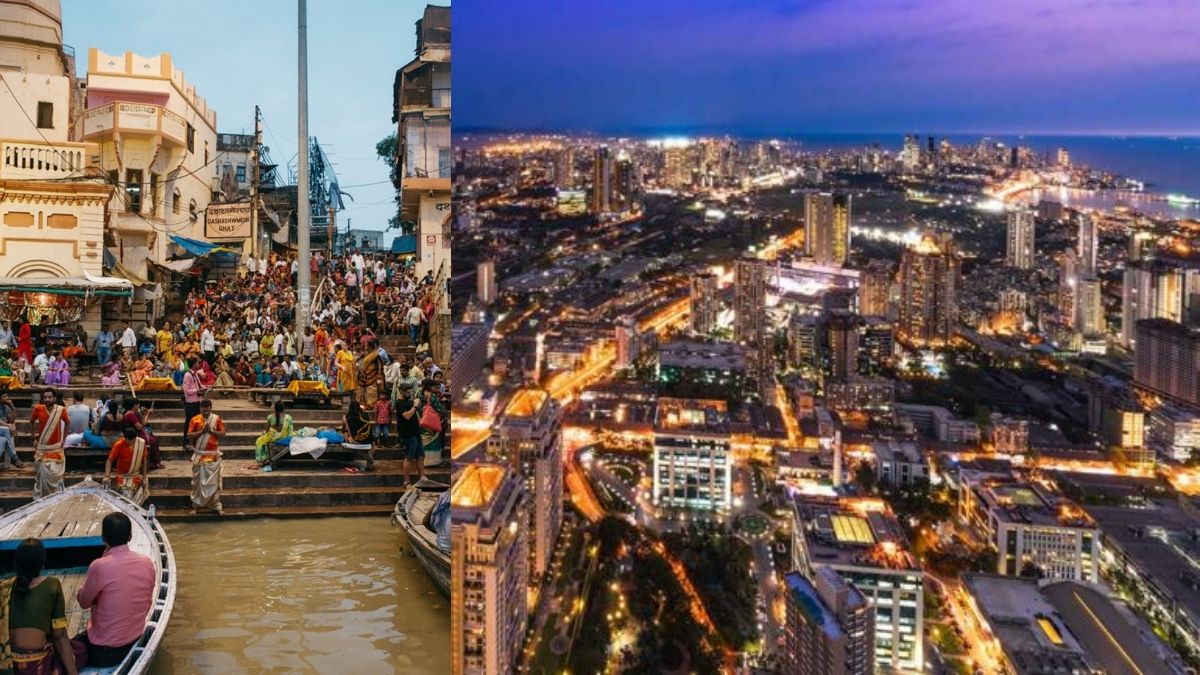
India is still classified as a developing country after more than 60 years of independence. In comparison to other nations, our country’s rate of growth is slower and lower. Many citizens are aware that India is a developing country, but they are not focused on the issues that must be addressed in order for our country to prosper. According to World Bank figures, India is listed as a developing economy, with a GDP of 2.6 lakh crores USD in 2017. It has the world’s fifth-largest nominal GDP and third-largest purchasing power parity economy.
In comparison to developing countries, India has a relatively poor per capita income. The disparity in per capita income between developed and developing countries is also important. However, we can see that the Indian economy grew at a faster pace than that of many developing countries from 1990 to 2014. A substantial portion of India’s population is reliant on agriculture, which also accounts for a significant portion of the country’s national income. In developed countries, the ratio of the workers engaged in agriculture as a percentage of the population is much lower than in India.
The burden of India’s massive population is the most pressing issue it faces. According to recent figures, India is the world’s second most populous country. This is attributed to India’s very high birth rate, which is offset by falling death rates. This growing population necessitates a faster pace of economic growth in order to sustain the same quality of life for everybody. This adds to the strain on the agriculture industry, which must feed an ever-growing population. Furthermore, as the economy grows, so does the labour market, and this exponential expansion of the workforce results in a higher supply of labour than demand, leaving the bulk of the population uninsured.
We are aware that India has a large labour pool and that it is very difficult to hire the entire working population. Unemployment does not exist in developed countries, and even when it does, it is cyclical and caused by a lack of adequate demand. In the end, India’s unemployment is systemic, resulting from a lack of resources that might have otherwise consumed the surplus labour supply. Similarly, we see that more labourers are working in our agricultural sector than is currently needed. Since the marginal output of these surplus jobs is negligible or unfavourable, we should classify them as veiled unemployed. Because of a lack of viable job options and demographic strain, our economy is plagued by structural unemployment.
We note that there’s still a significant disparity in wealth distribution, which is also the primary source of uneven income distribution in rural and urban areas. As a result, the majority of our Indian population has low human resource efficiency. Despite the fact that India has a large labour force, the majority of its workers are uneducated, lack appropriate skills, and are often hungry and malnourished. Basic skills need a minimum level of education but, illiteracy rates in rural areas are extraordinarily high for a variety of sociological, superstitious, and conservation factors. Moreover, our nation is at the top for the wrong reasons: shallow mindset, a lack of education and understanding, and so on. In many parts of India, girls are considered nothing more than sexual object; moreover, many families have a bad perspective and do not give education to their daughters.
The level of output, production, and intellect of a population is influenced by the standard of health and education, which has an effect on a country’s economic growth. India is ranked 103rd out of 119 countries in the Global Health Index, which is a very low ranking. More than 30% of Children in India are severely malnourished and live in poverty in cities or rural areas. Corruption affects almost every government agency, and the public distribution network is the poorest of its kind. Corruption is also another leading cause of poverty, and poverty is another excuse for not changing our lives and preventing India from growing. Poverty and corruption are inextricably related. Living under certain unsanitary environments, such as free drains or the dumping of faeces anywhere, causes a slew of issues, including the possibility of acquiring deadly diseases.
As a result, both quantitative and qualitative metrics are used to assess a nation’s growth and development, as well as a country ’s economic success. India urgently needs to develop both qualitative and quantitative facets of its economy. These are only a couple of the primary reasons why India is still considered a developing world. Discrimination, religious doctrine politics, mysticism, sexual preference racism, and other social ills keep us from achieving our growth targets. Now that our economy is in a slump, the government is taking a variety of steps to change economic conditions, since many businesses are seeing significant losses.
